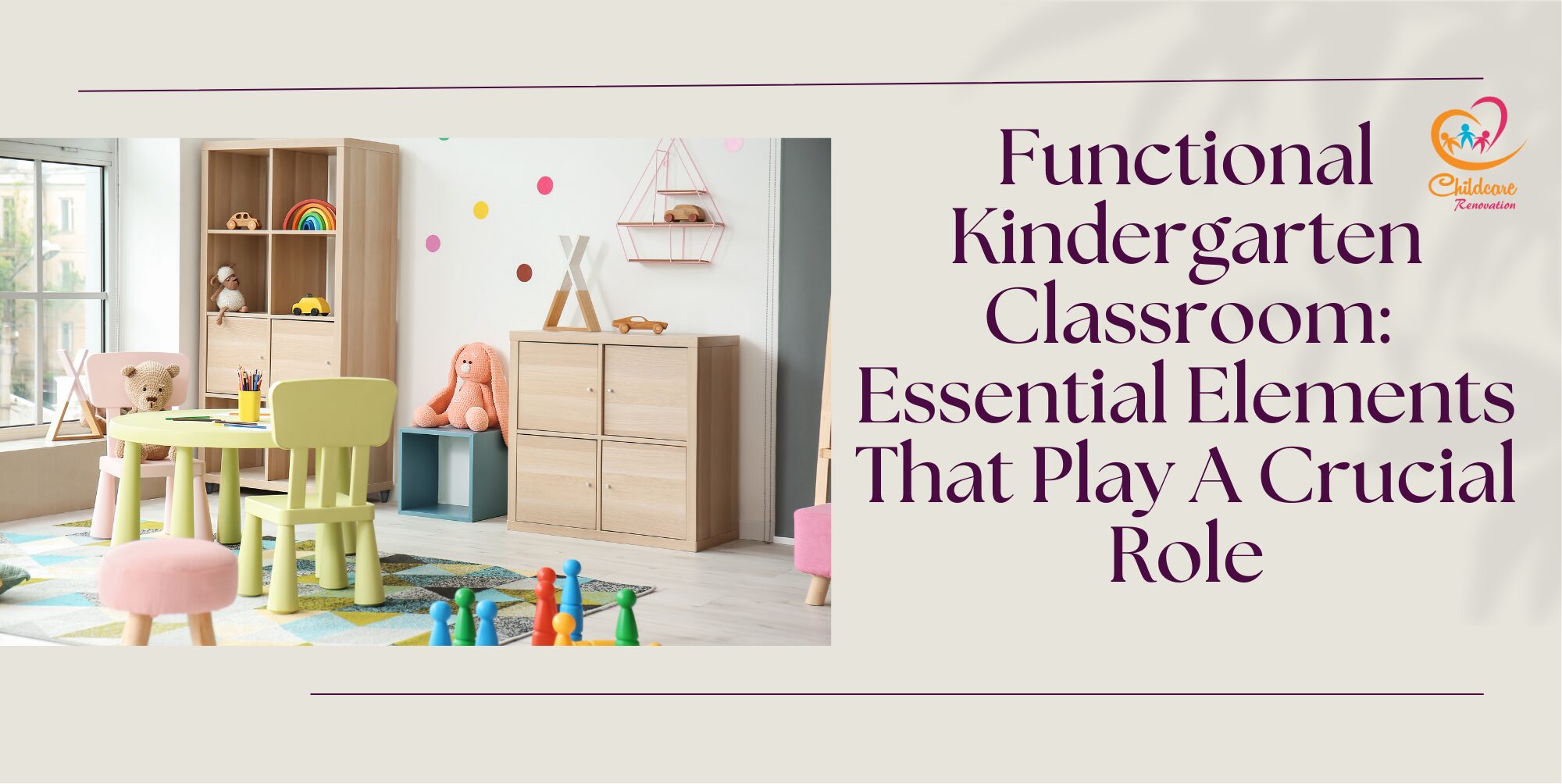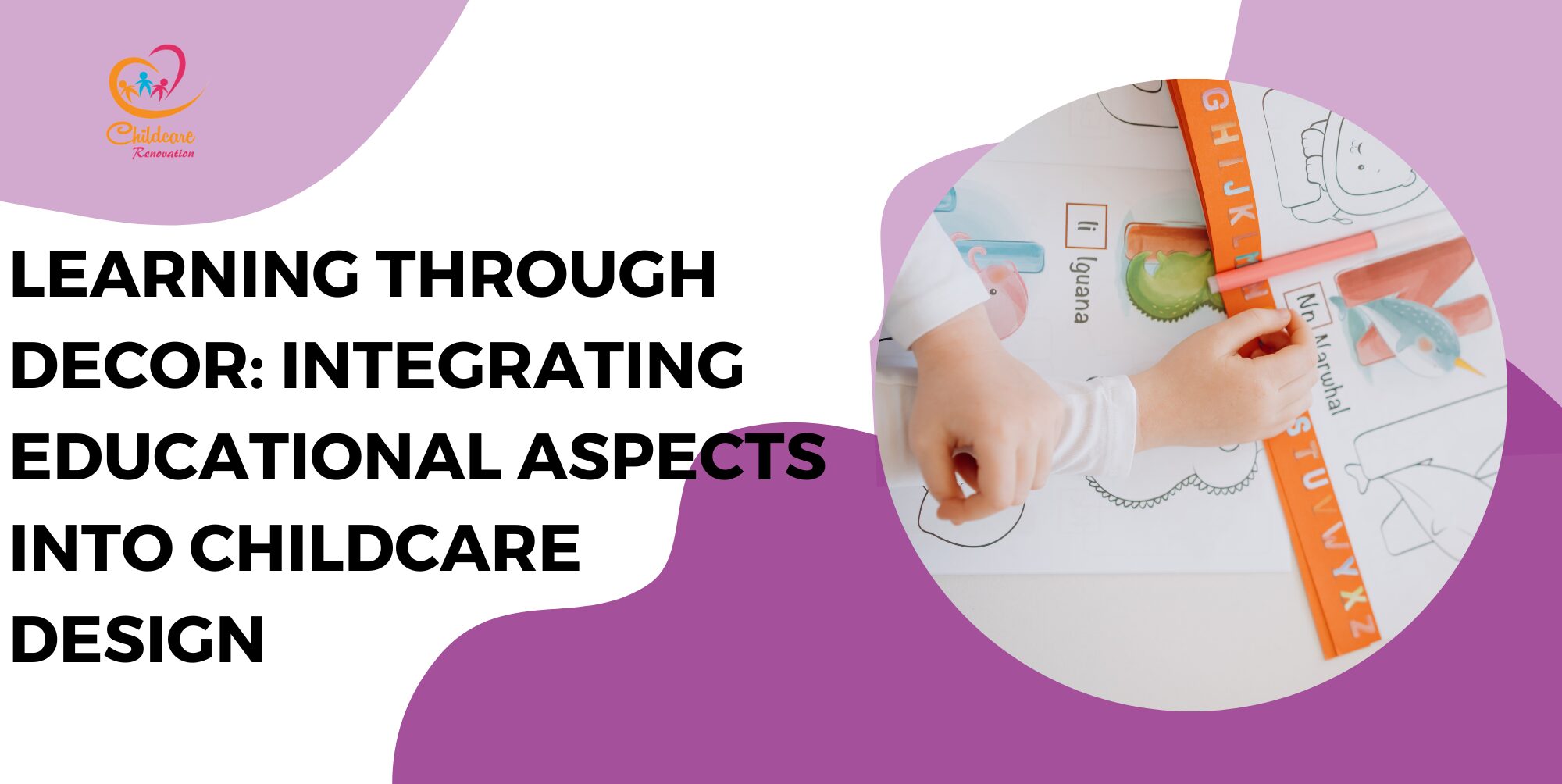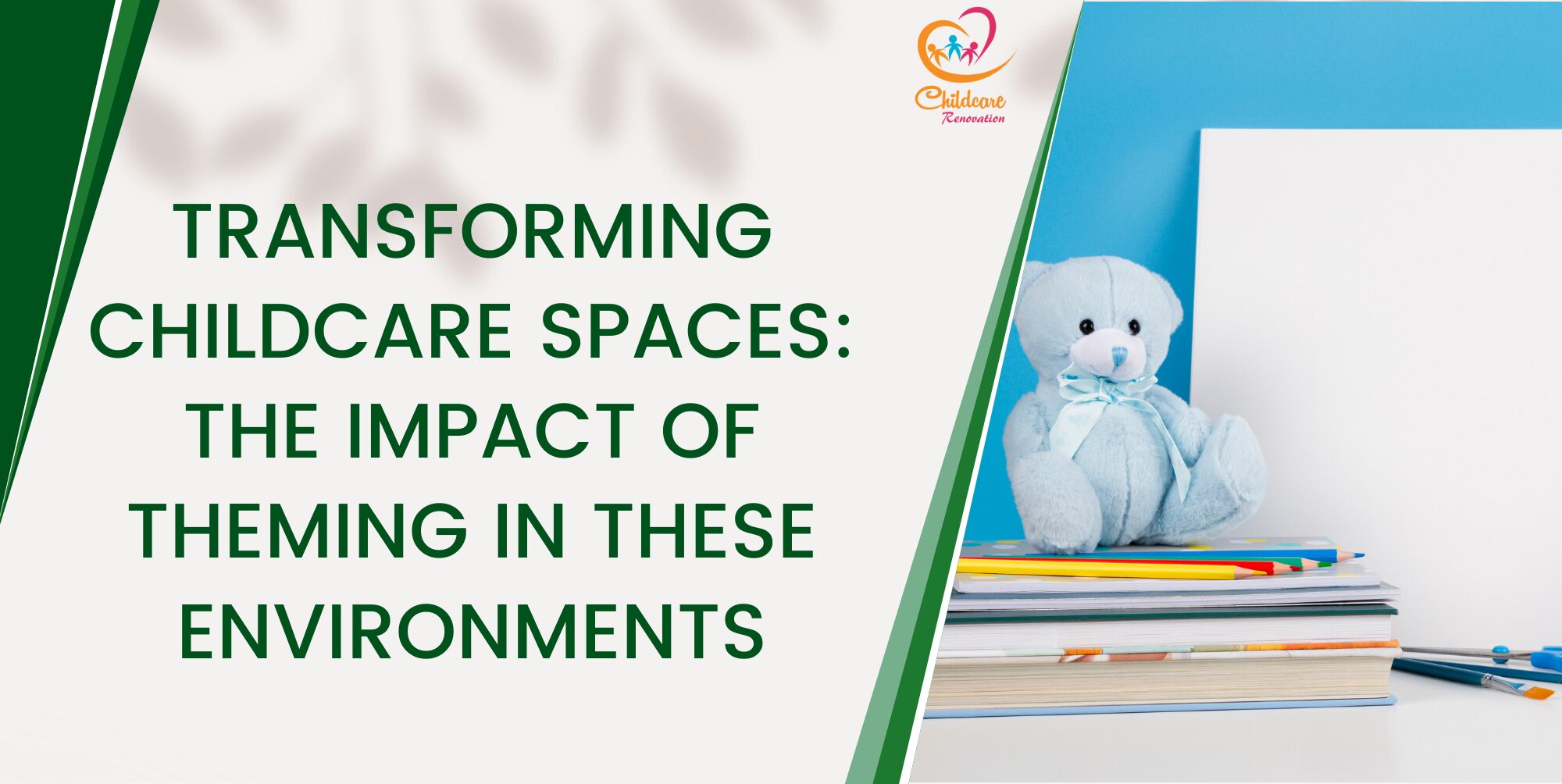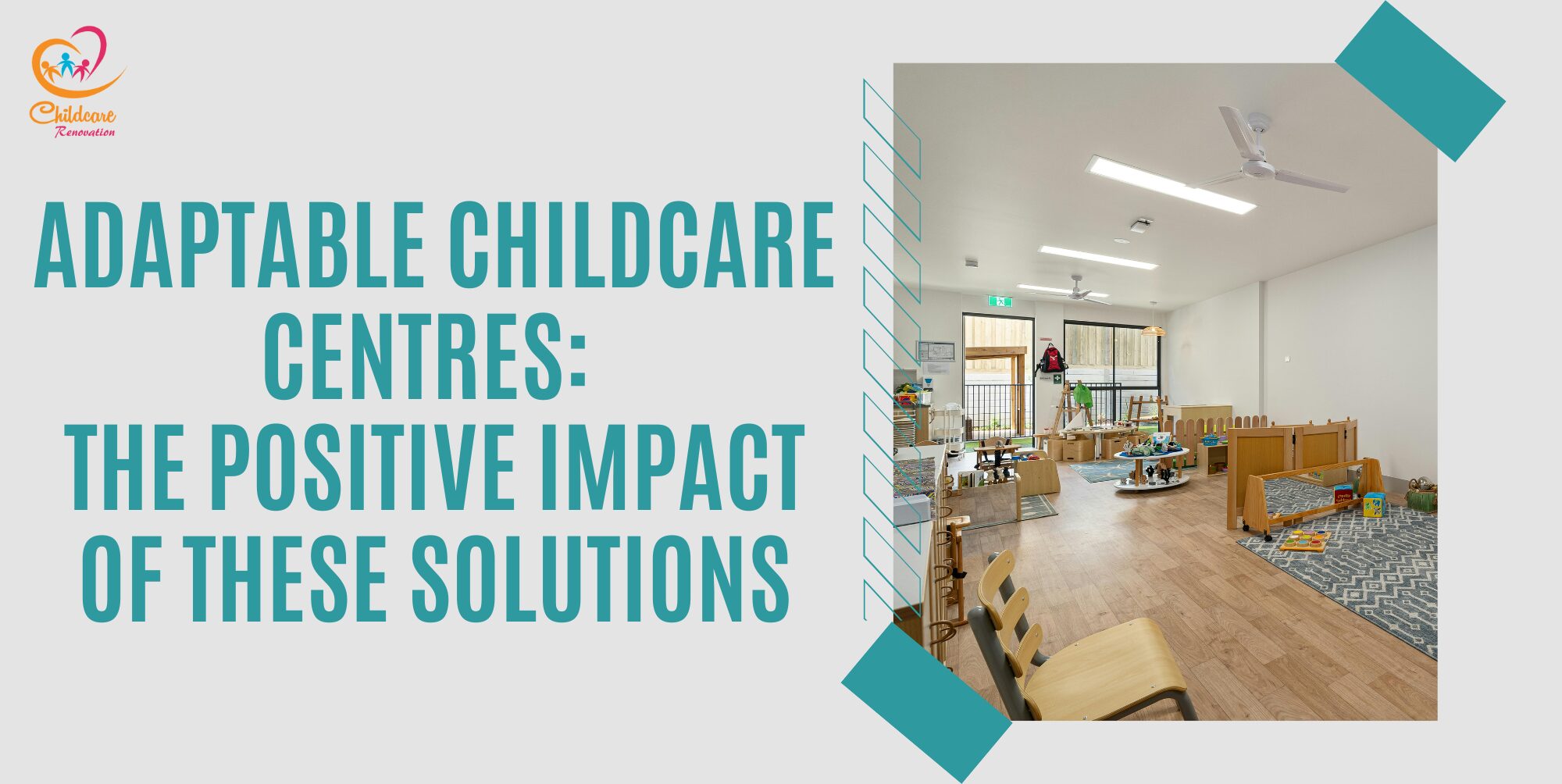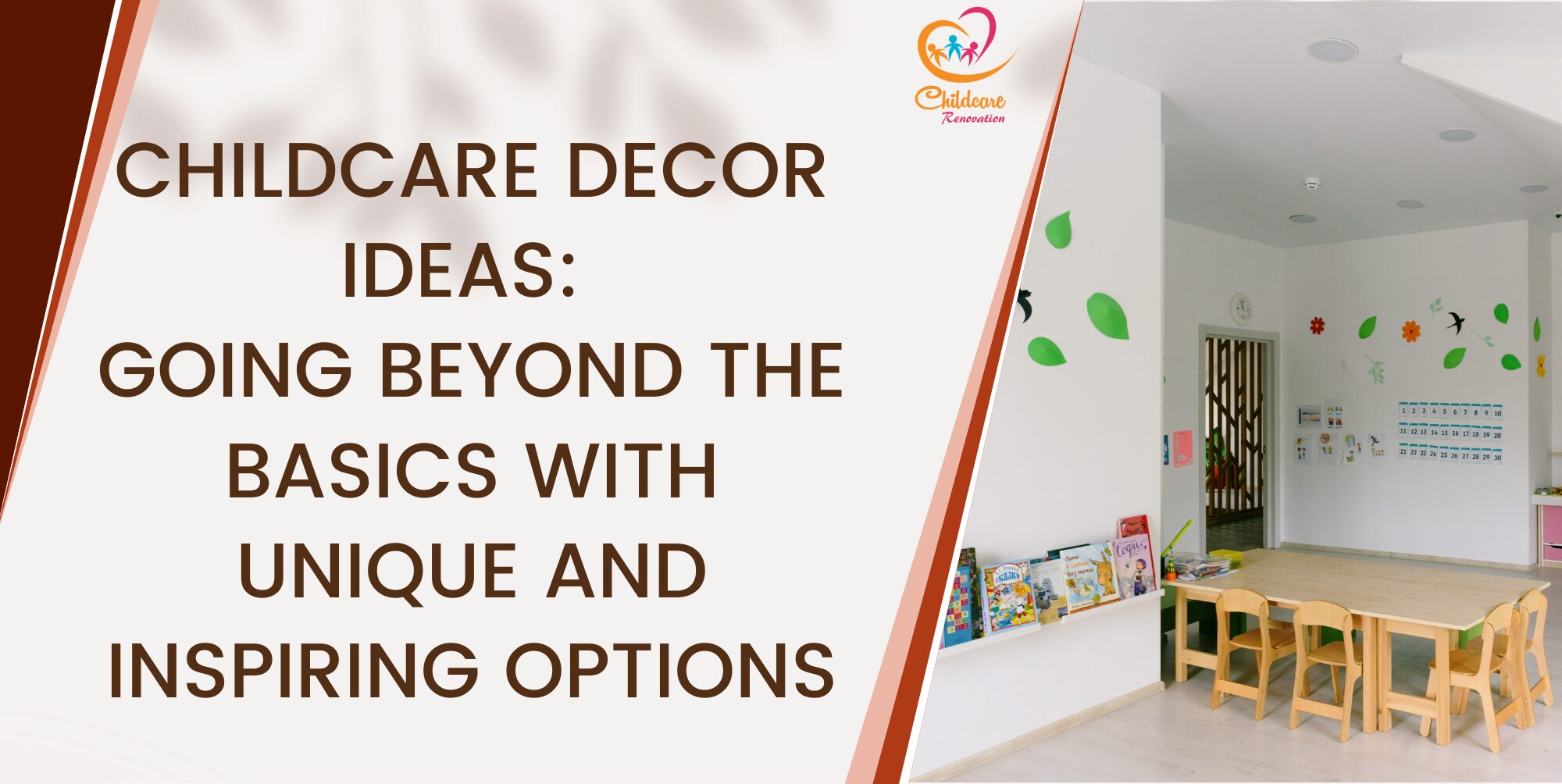Daycare design effect is something that should be taken seriously by owners and caregivers as it has a huge influence on young children. Here are 4 important aspects that should be paid attention to.
Daycare Design Effect #1: Cater To Emotional Well-Being
The design of the daycare environment makes a huge difference in the emotional well-being of young children. A well thought out space enables children to feel safe, comfortable and nurtured — eventually develops into emotional security and confidence. Cosy furniture, warm colours and soft textures are some of the elements that give one that nurturing atmosphere — reducing anxiety and therefore making them more comfortable overall. This allows them to be more comfortable, express themselves more openly and interact with their environment positively.
A good daycare design also provides personal spaces for quiet times — allowing children to withdraw when overwhelmed, which is a necessary skill for emotional well-being. Another critical factor that is highly contributive to emotional well-being of children is lighting. Natural lighting has been proved to be an influential variable in enhancing mood, lessening stress and generally improving emotional well-being. Bringing in large windows, skylights or views outside within the daycare design helps connect children to the natural environment — fosters calmness and lessens any overwhelming feeling.
Another way that emotional well-being can be enhanced in a daycare is through the use of colour. For example, soft and muted colours such as blues and greens provide a soothing and calming effect while brighter colours such as tones from yellow to orange evoke happiness and creativity in children. Through the choice of colour and materials used, daycares can create a setting that caters to support the emotional well-being of young children.
A daycare setting that considers emotional needs can create an atmosphere in which children feel comfortable, important and prepared to take part in activities; therefore, laying the most appropriate foundation for their future emotional development.
Daycare Design Effect #2: Influence On Behaviour
Daycare design strongly affects children’s behaviours and shapes their environment in ways to develop good habits and patterns. Well thought out design with defined boundaries and clear activity zones allows children to understand and better control their behaviour. For example, quiet areas such as reading corners create calmness and focus on concentration while clearly identified play areas stir activity and interaction based actions. When these areas start to become visually distinct for children, it helps with their development by associating different behaviours with particular settings.
With the use of visual queues such as colour-coded zones or signs, it helps navigate children through their daily routine and encourages independence. For instance, a certain colour used for creative activities may inform the children to identify creative work while another colour in the sleeping area signals quiet time. These gentle reminders help children make easy transitions from one activity to another since a sense of routine is pretty well established.
Flexible and adaptive furniture also contributes to behavioural influence. Movable furniture creates the possibility for educators to reorganise spaces easily depending on the activity. It enhances a dynamic environment that can change along with the children’s needs. The possibility of moving furniture for children in their space develops collaboration, problem-solving and decision-making in them — influencing them in a positive way.
The safety features included in the design such as soft flooring, rounded edge and safe storage provide a sense of security. The children have the right to explore their surroundings without any kind of fear so they will be behave confidently and independently. Generally, a well-designed daycare environment will help in positive behavioural development through clear structure, independent and a secure setting. Daycare design significantly influences a child’s behaviour and helps them develop into self-assured and well-adjusted individuals.
Daycare Design Effect #3: Impact On Physical Well-Being And Development
Daycares should be designed to help physical development by providing thoughtful layout and equipment. Spaces for daycare are supposed to stimulate a variety of elements that keep children active and develop their motor skills — outdoor play areas with space for climbing, gymnastics on balance beams and playing around will enable the children to do things that enhance motor abilities. These activities strengthen their muscles, balance and coordination that are very important to all areas of development.
For the indoors, furniture sized for children and ergonomic designs foster independence in sitting comfortably at tables, accessing storage and meeting other physical needs. Inclusion of areas for sensory play with materials such as sand, water and various textures encourages fine motor skills through the use of textural surfaces and tools. Besides, an environment that is clear with markings on the floor where different areas and pathways for various activities are marked will ensure that children have safe and assured freedom of movement. Through the design, safety in the space has to be ensured — incorporating soft play surfaces and child-proofing so that injuries will be minimal while ensuring more exploration among young children.
The childcare design also greatly influences the physical development of children by offering a setting for activity and a safe environment that provides the necessary conditions for healthy growth and motor skills development. Such approach supports not only the current physical needs of children but also forms a foundation for lifelong health maintenance and an active lifestyle.
Daycare Design Effect #4: Overall Safety
Overall safety is one of the daycare design premises that will have a great impact on the children’s safety and development. A well-working daycare environment with several design elements displays safety for young children to create a secure and nurturing atmosphere. One of the most important factors is childproofing the setting by using furniture with rounded edges, nonslip floors and electrical outlets that are shock-resistant in minimising accidents and injuries.
Also, consideration should be made for all play equipment and toys in the playroom to be age-appropriate and checked on a time-to-time basis for safety hazards. Storage facilities need to be out of reach with items such as cleaning materials along with other hazardous substances away to avoid the possibility of accidental ingestion or exposure. This layout provides a number of ways for effective supervision — making it easy to monitor children’s interactions and movements. Other crucial features include preparation for emergencies such as having visible evacuation routes, fire alarms and first-aid stations within the design.
Safety, being of paramount importance in daycare design, protects children from physical harm and helps to enhance emotional security. Children explore, interact and engage in learning activities with confidence when they feel safe and secure. The emphasis on safety in daycare design brings into perspective a more friendly and supportive atmosphere — encouraging all aspects of children’s growth and development.
Speak with The Experts
Planning to get started at your kindergarten but have no idea about it?
Childcare Center Renovation Singapore is a reliable company for renovation and interior design. They have about ten years of experience in this field and have a good reputation among customers.
Call us now to get your desired kindergarten design ideas now!








